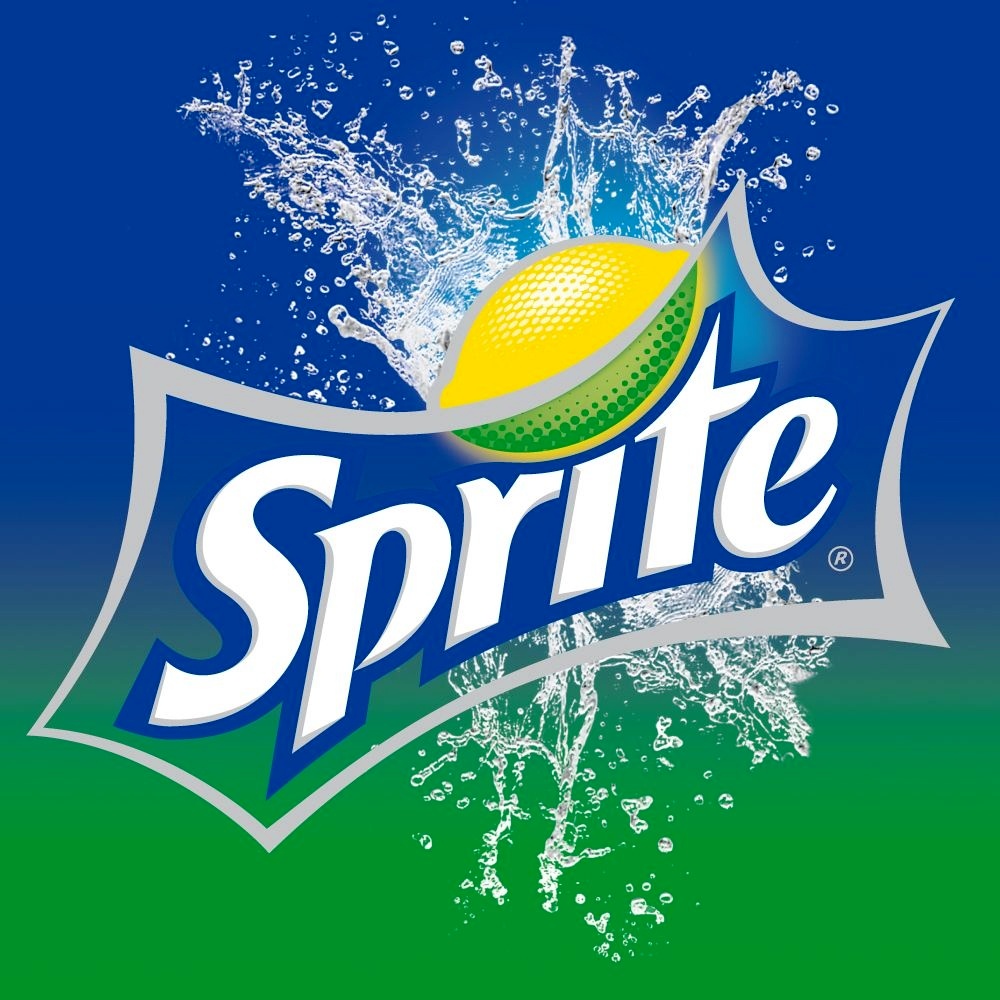Sprite will not contain caffeine, but it contains a large amount of sugar. Consuming large quantities of sugar regularly might trigger weight gain along with other health issues.
Caffeine use in moderation is harmless for some individuals, although it may create undesirable side effects such as for example jitters and anxiety. Individuals who desire to avoid caffeine might try normal water or herbal tea instead.
sprite have caffeine is a carbonated lemon-lime soda which has grown in popularity around the world. It's popular because of its crisp, clear flavor and refreshing bubbles. It does not include caffeine, nonetheless it is loaded with sugar and artificial sweeteners. Sprite should be used in moderation as part of a balanced diet.
Many people wonder whether Sprite contains caffeine, and the solution is no. However, the drink contains a lot of sugar and salt. A 12-ounce can of Sprite has 140 calories and 38 grams of carbs, nearly all which are sugar. Sugar consumption may cause a variety of health problems, including weight gain and tooth damage. It may also produce a blood glucose increase and sensations of jitteriness and anxiety.
Caffeine is really a naturally occurring stimulant present in coffee, tea, energy drinks, and certain soft drinks. It acts by inhibiting the event of adenosine, a neurotransmitter that promotes sleep. Although moderate caffeine use is normally regarded healthy for most individuals, excessive consumption could be harmful to one's health. Caffeine may improve the pulse rate, create migraines, and disrupt sleep.
Sprite contains citric acid, high fructose corn syrup, natural flavors, and sodium benzoate (to preserve the taste) but none of the very best eight allergens. If you want a caffeine-free option to ordinary soda, consider Sprite Zero or Sprite Caffeine-Free.
Sugar
Sprite, unlike coffee, is created from carbonated water, high fructose corn syrup, citric acid, natural lemon and lime flavors, sodium citrate, and sodium benzoate (to preserve the flavor). There is absolutely no caffeine in these components. However, the drink contains additional stimulants, such as artificial sweeteners, which may add a trace of caffeine. If you wish to avoid caffeine, get one of these different lemon-lime drink, or go for zero sugar or caffeinated variants.

It is crucial to drink all beverages in moderation, whether you prefer a can of Sprite or another selection of lemon-lime soda. An excessive amount of soft drink consumption may lead to obesity and other health concerns, including diabetes. Furthermore, eating too much sugar might impair your mental and physical function.
Caffeine is a naturally occurring stimulant found in coffee, tea, soda, and energy beverages. It might provide a momentary upsurge in energy, but it may also cause restlessness, irritation, and difficulties sleeping. People that have sensitive stomachs may struggle to handle significant levels of caffeine, so that they should restrict their intake or seek alternatives.
Sprite is free from the most notable eight allergies, such as milk, eggs, fish, crustacean shellfish, peanuts, wheat, tree nuts, and soybeans. However, the beverage might be made at a facility that also processes substances containing these allergies.
how much caffeine in sprite , a carbonated soda, was appeared in 1961. It is well-known for its lemon-lime taste and contains become a popular beverage all over the world. how much caffeine in sprite does not contain caffeine, nonetheless it does include a large amount of sugar and salt. When ingested excessively, both of these chemicals may be hazardous to your health.
Caffeine is a natural stimulant that could enhance energy and increase attention. It could, however, induce undesirable side effects in certain individuals, such as nervousness and anxiety. Caffeine-containing beverages should be avoided should you be sensitive to them or have other reasons to avoid them.
is there caffeine in sprite is that both original Sprite and the caffeine-free variant are caffeine-free. This makes them a fantastic choice for those seeking a refreshing beverage without the stimulating ramifications of caffeine. Both kinds of the beverage, however, include sugar and should be eaten in moderation as part of a balanced diet.
Sprite contains carbonated water, high fructose corn syrup, citric acid, and natural flavors. To wthhold the flavor of the soda, the drink also contains sodium citrate and sodium benzoate. Because the quantity of sugar in the beverage can lead to weight gain and tooth damage, it is vital to restrict your use of this substance. Sprite can be made in facilities that process other foods, thus allergies may be cross-contaminated.
Alternatives
While Sprite is caffeine-free, other sugary sodas and energy drinks are. Caffeine, besides delivering a short-term energy boost, could also produce headaches, irritation, and difficulty focusing. As a result, you should drink coffee, tea, and other caffeinated drinks in moderation.
Try seltzer water, club soda, unsweetened tea, or low-sugar fruit juice as healthier alternatives to Sprite. These choices are healthier for the teeth and may keep you hydrated. They also have more nutrients than Sprite and will not hinder your ability to sleep well.

Another disadvantage of drinking Sprite may be the massive amount added sugar. Excess sugar consumption may lead to obesity and chronic illnesses such as for example diabetes and cardiovascular disease. Furthermore, the excess sugar in Sprite might crowd out other nutrient-dense meals and beverages in what you eat.
Although Sprite does not contain caffeine, it does include numerous components that may stimulate your body, including as carbonated water, high fructose corn syrup, citric acid, and natural flavors. In addition, it contains a trace of sodium benzoate, which serves as a preservative. Furthermore, the typical form of Sprite includes trace degrees of calcium disodium EDTA and brominated vegetable oil, both which may stimulate certain individuals.
